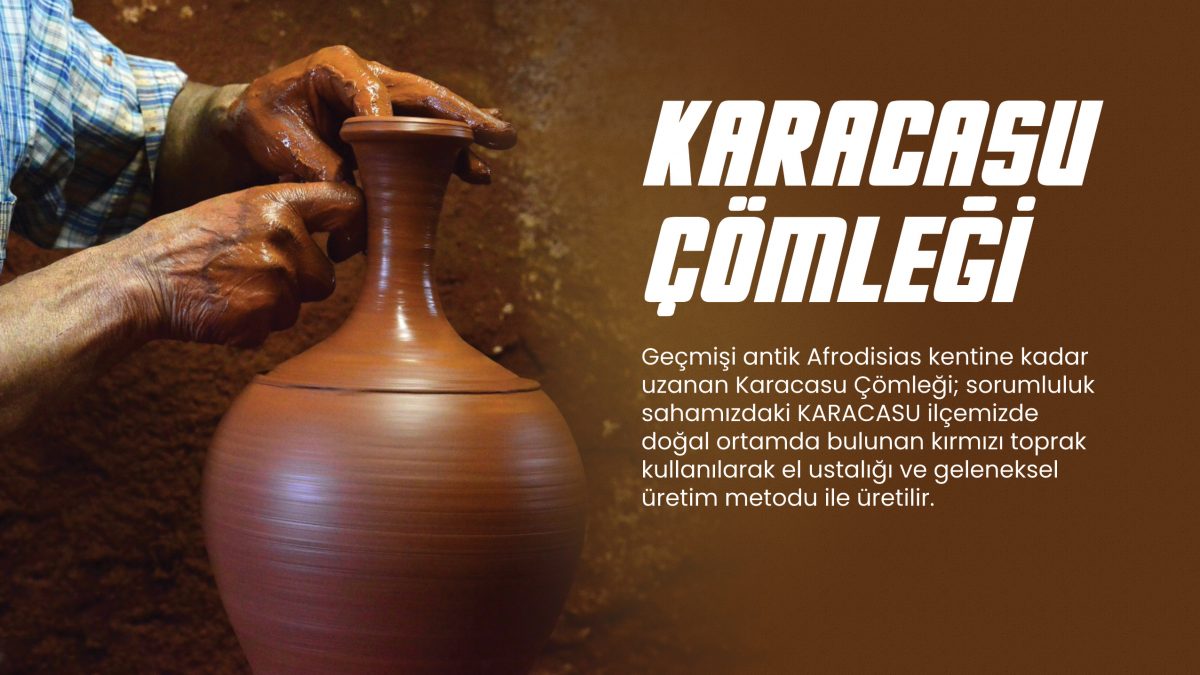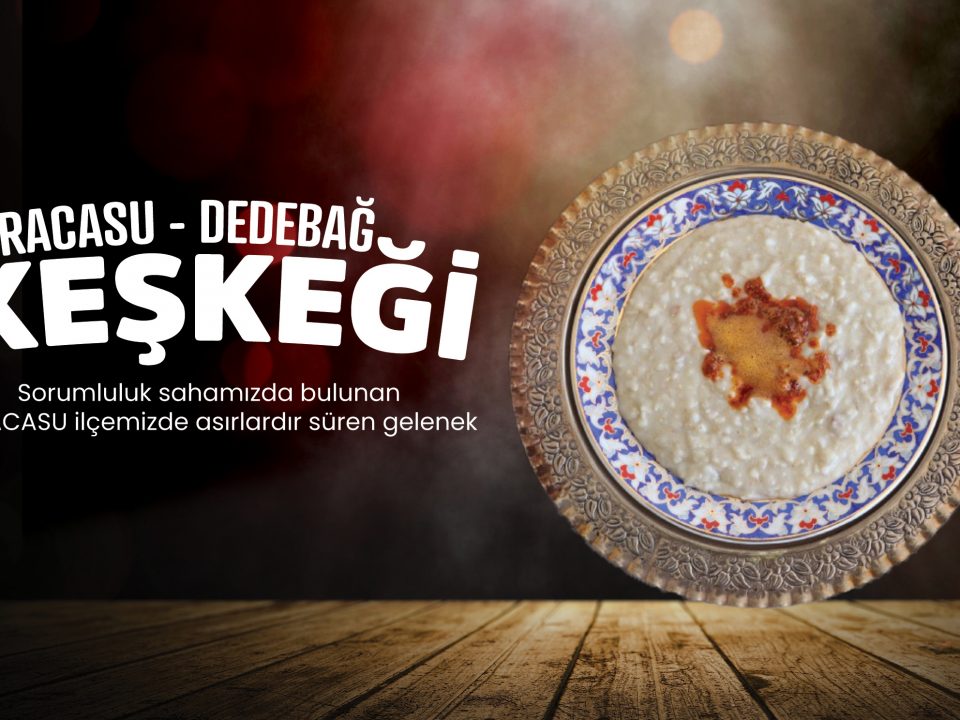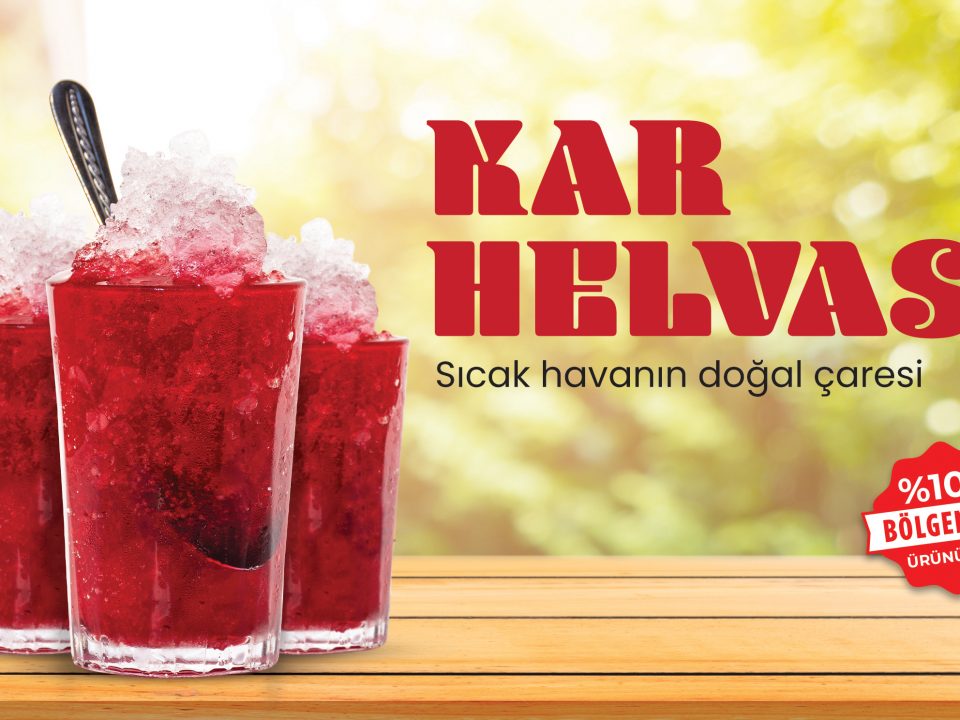Karacasu Pottery
Karacasu Pottery

Registration number : 606
Registration date : 23.11.2020
Application number : C2019/056
Application date : 10.05.2019
Geographical Indication Name : Karacasu Pottery
Product / Product Group : Pottery – Handicraft products other than carpets, rugs and textiles
Type of Geographical Indication : Geographical sign
Registrant : Nazilli Chamber of Commerce and
Karacasu Chamber of Tradesmen and Craftsmen
Registrant’s Address: Yeni Sanayi Mah. Şehit Naci Ülker Blv. No:18/A Nazilli AYDIN
Yaylalı Mah. Merkez Okul Cad. No:9 Karacasu AYDIN
Geographical Border: Aydın province Karacasu district
Description and Distinctive Features of the Product:
Karacasu Pottery, dating back to the ancient city of Aphrodisias; It is produced by hand craftsmanship and traditional production method using red soil found in the natural environment in the district of Karacasu in Aydın province.
Pottery in the district of Karacasu is a handicraft that continues its existence by being passed on from father to son. In the district of Karacasu, products such as casseroles, pans with handles, trays, cups, candle holders, sugar bowls, ashtrays, toothpans, vases, teapots, coffee pots, pots, amphora, piggy banks, etc. are made with red soil.
The soil used in the production of Karacasu Pottery was supplied from the location named Kosdagi until the 1990s. However, in recent years, it is obtained from the quarries in Yazir Village and therefore it is called “Yazir soil”.
The soil used in the production of Karacasu Pottery is dark red due to its 6-9% iron oxide content. Therefore, no color additives are used.
Production Method:
The soil obtained from the alluvium left by Dandalas stream from Yazır village of Karacasu district is brought to the workshops by trailers. When the soil is dry, it is blended and cleansed from foreign materials (stones, bushes, etc.) and turned into a pile. This soil is then crushed by foot, then sieved with sieves, collected in a pool and added to water.
The filtered mixture is transferred to sludge settling pools and kept there for a while. There are two pools made of concrete with height difference from each other. The first pool is higher, with a drain hole at the bottom, and the second pool is located under the drain hole of the first pool, and the soil mixed with water in the first pool is filtered through the drain hole and taken to rest into the second pool. The soil resting in the second pool sinks to the bottom and the water remains on top. The water in the top layer, that is, oily sludge, is taken from the pool and passed through cheesecloth three or four times to be used in lining. It is used in the lining process of the products with the lining, which is also separated from its fine particles. Remaining sludge is taken from the pool and placed in mud kneading containers and kneaded until it is used in the potter’s wheel.
The mud is rested for at least two days. Some of the water evaporates during this time and takes the form of mud and dough. After the souring time is over, the sludge is kneaded in electrically operated kneaders. The kneaded sludge is passed through a vacuum press and put into the machine to obtain cylindrical masses of 30-40 cm in length. These cylindrical mud masses that are stacked are called “künte” or “zehk”. If TESTI (Jug) is to be produced, rock salt is added together with water to ensure that the containers cool the water better and prevent odor. The kneading process, which is one of the most important stages in the pottery workshop, is thus completed and the product is ready for the product shaping stage on the wheel. Local masters give product shapes such as casserole, pans with handles, trays, glasses, candle holders, sugar bowls, ashtrays, toothpans, vases, teapots, coffee pots, flowerpots, amphorae, piggy banks, etc. to the mud.
Cooking; It is the hardness of the shaped pot forms with the effect of temperature. Most pottery masters in Karacasu use a traditional wood oven. Traditional furnaces in the region are cylindrical and open-top furnaces built with bricks. In ovens; There is a perforated base separating the upper part where the products are placed and the part called hell where the fire is lit at the bottom. In order to place the products, the masters enter the oven from the open top while the first rows are placed. The most important point to be considered when placing pots into the oven is that the holes in the base of the placement area that provide heat circulation are not closed. The furnace is fired for 8 hours in summer and 12 hours in winter. It takes a little more than total hours to cool down.
Production, Processing and Other Operations Required to Take Place Within the Geographical Border:
The production of Karacasu Pottery is based on mastery skill. In the production of Karacasu Pottery, which has a reputation with the region, red soil obtained from the region is used. For this reason, all stages of production should take place within the specified geographical boundary.




